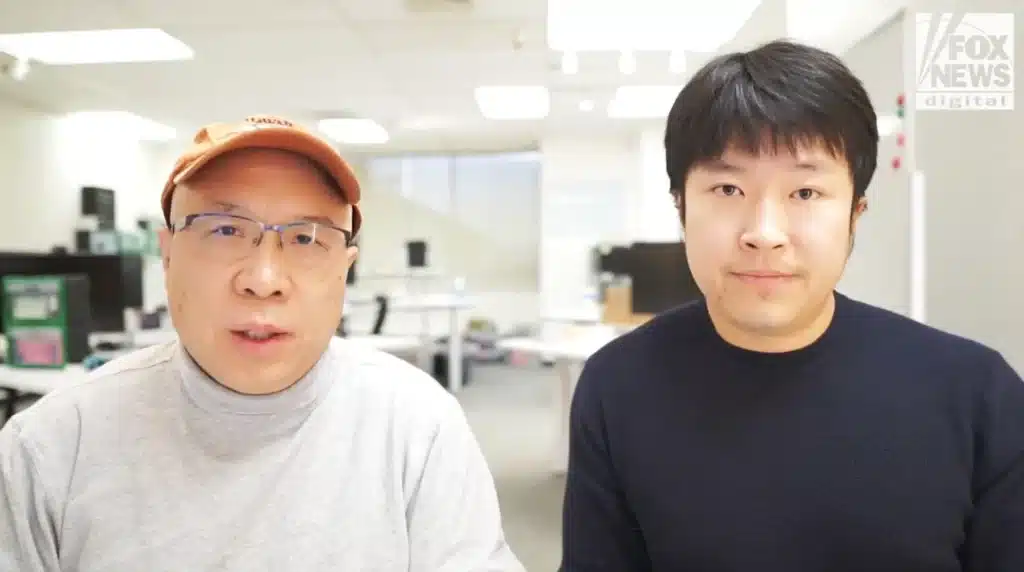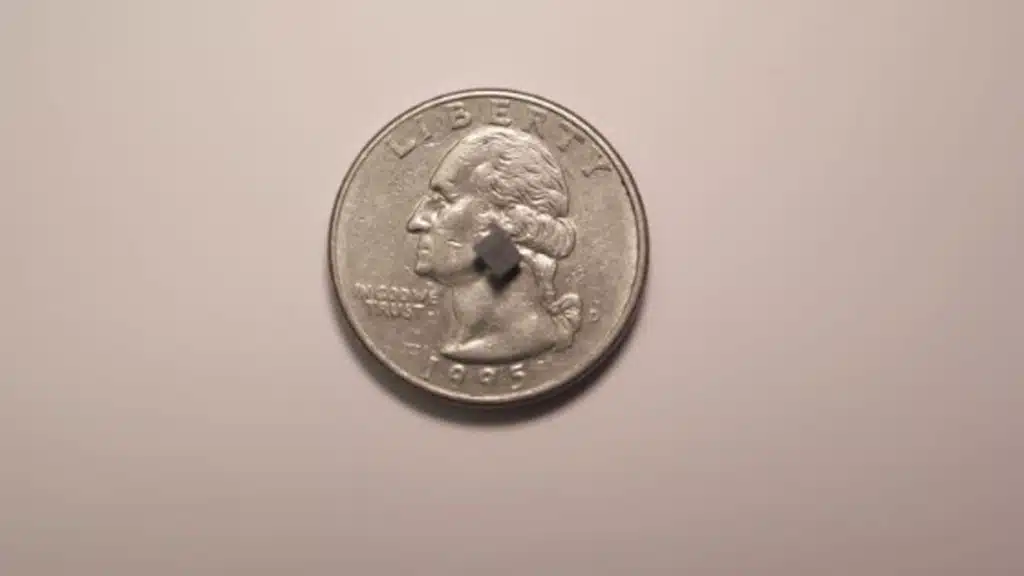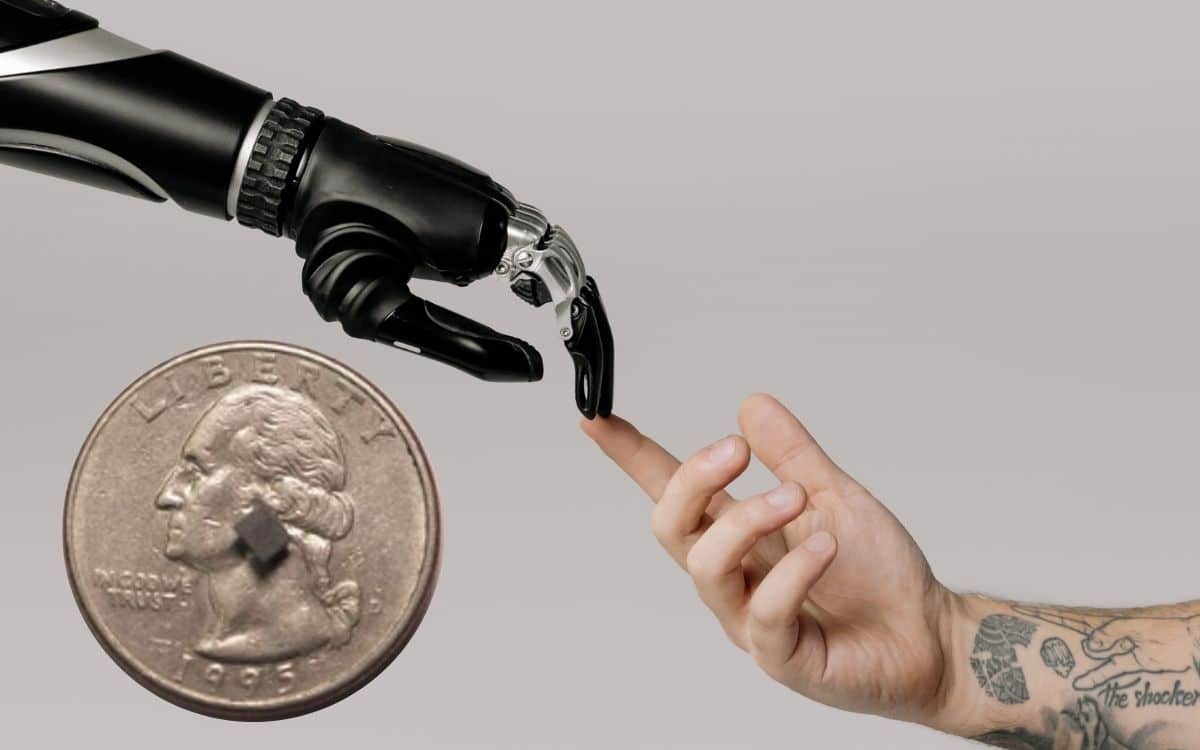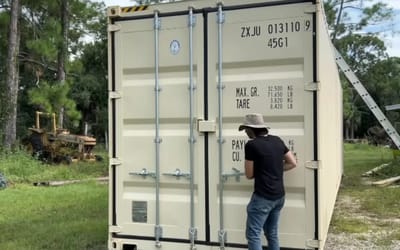Researchers build an AI robot that can replicate and alter itself
- Scientists say an AI robot can now replicate without humans
- The research was revealed on Friday, 15 December
- The findings mean any machine could become intelligent: from coffee machines to TVs
Published on Dec 18, 2023 at 4:38 PM (UTC+4)
by Amelia Jean Hershman-Jones
Last updated on Dec 20, 2023 at 3:46 PM (UTC+4)
Edited by
Alessandro Renesis
It’s official: scientists say an AI robot can now replicate without humans.
As terrifying science fiction becomes science fact – what does this tech discovery actually mean?
Artificial intelligence models – or AI robots – can now create smaller AI systems without the help of a human.
This is according to research published Friday (15 December).
READ MORE! Audi’s LED technology allows you to immerse yourself in the roads like never before
The findings are the fruit of a collaboration between Aizip Inc, scientists at the Massachusetts Institute of Technology and several campuses at the University of California.
The scientists behind the unprecedented AI robot means that larger AI models – like those powering ChatGPT — can create smaller scale AI applications with zoomed in and specific capabilities.
Check out ChatGPT’s founder, Sam Altman, letting the public check out his supercar in California recently.
So what will these smaller and more specialized models do?
AI tech is already being used in cars, eyewear and even in CEO roles.

They could be used to improve hearing aids by identifying human voices among ambient noise.
Or to monitor oil pipeline data to prevent issues.
They could even analyze satellite and ground-based sensor data to track endangered animals.
Yan Sun, CEO of the AI tech company, Aizip, spoke to Fox News.
“Right now, we’re using bigger models to build the smaller models, like a bigger brother helping [its smaller] brother to improve,” he said.

“That’s the first step towards a bigger job of self-evolving AI.
“This is the first step in the path to show that AI models can build AI models.”
U.C. Davis professor, researcher and Aizip co-founder, Yubei Chen, echoed his colleague when he spoke to the news agency.
“The surprising thing we find is that, essentially, you can use the largest model to help you automatically design the smaller ones.
“So in the future, we believe that these, the large and the small, they will collaborate together and then build a complete intelligence ecosystem.

“This month, we just demonstrated the first proof of concept such that one type of model can be automatically designed all the way from data generation to the model deployment and testing without human intervention.”
And not only are these AI replica’s functionalities scaled down – so too is their size.
One device demonstrated by Sun and Chen is a human activity tracker that uses AI to gather and analyze motion data.
The larger AI models, like ChatGPT reside in the cloud – but smaller models can reside inside things.
With practicality in mind, they’re encased within a chip that’s smaller than a dime.
That means these AI systems designed for everyday practicalities can be housed in compact devices – like a hearing aid or smartwatch.
The scientists enthuse this also means any machine could become intelligent: from coffee machines to TVs.
DISCOVER SBX CARS: The global premium car auction platform powered by Supercar Blondie
All Supercar Blondie contributors undergo editorial review and fact-checking to ensure accuracy and authority in automotive journalism. After gaining her BA Hons in French and English at the University of Nottingham, Amelia embarked on a vocational diploma from the National Council for the Training of Journalists (NCTJ). This led to numerous opportunities, from interning at Vogue to being on the small team that launched Women’s Health magazine in the UK, which was named the PPA Consumer magazine of the year for three years running. As Health, Beauty and Fitness editor, Amelia personally received a Johnson & Johnson Award and was shortlisted for both PPA and BSME titles. Since then, Amelia has created content for numerous titles and brands, including the Telegraph, 111 Skin, Waitrose, Red magazine, Stylist, and Elle, as well as being Head of Content at Vitality and Editor in Chief at INLondon magazine. “My superpower is translating technical jargon about the mechanical workings of a supercar into a relatable story you’ll want to share with your friends after you’ve read it.” After joining the SB Media family as a senior journalist in September of 2023, Amelia’s role has evolved to see her heading up the SEO output of the editorial team. From researching the most ‘Google-able’ key terms to producing evergreen content - it’s been a time of hard work, growth, and success for the editorial team and the Supercar Blondie website. “I like to think of myself as a ‘method journalist’. In other words: I live and breathe whatever I am writing about. When writing about fitness, I trained as a personal trainer, and as a beauty editor, I completed an ‘expert’ in scent diploma with the Fragrance Foundation. “During my tenure at Supercar Blondie, however, I did something I never thought possible: I passed my driving test at the age of 36. One day I’d love to train as a mechanic to better understand what happens under the hood, too. “My sweet spot is providing readers with a ‘takeaway’ (read: something new they didn’t know before) after reading every one of my stories. While I don’t claim to be an expert in the automotive world, I know the experts and bodies in the field to rely on to provide our readers with an informative and thought-provoking story every time they visit the site.”





